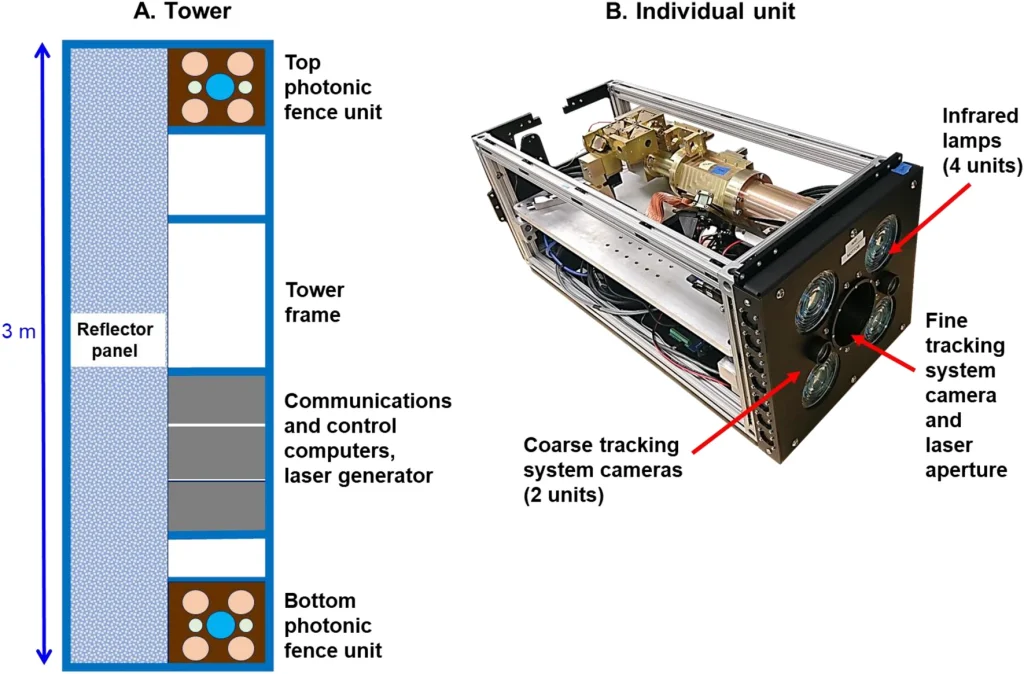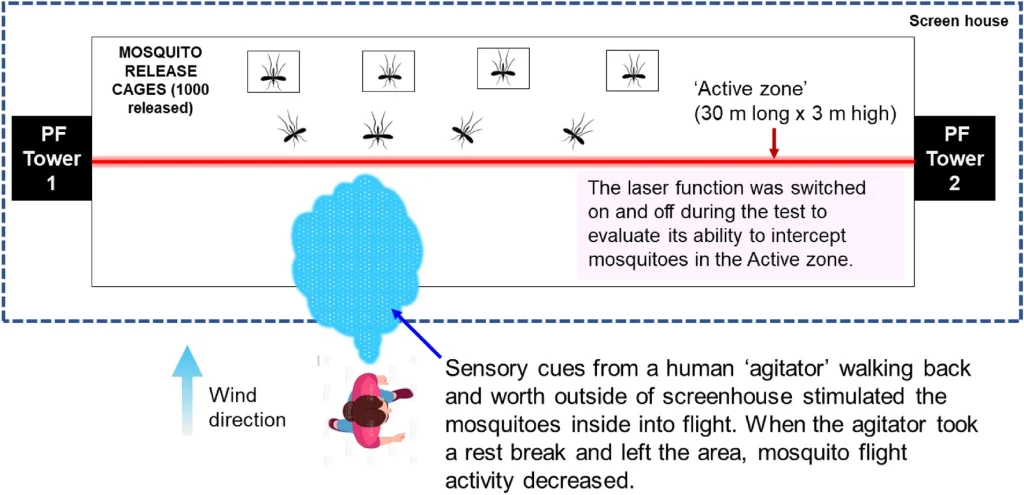Development of pest control measures other than pesticides
In modern agriculture, it is essential to carry out pest and disease control using pesticides. It is possible to grow pesticide-free vegetables with organic farming, but productivity is low, and it is difficult to maintain the global population with crops produced solely by organic farming. Considering the continued increase in population, it is no exaggeration to say that increasing productivity through the use of pesticides is essential. However, continuous use of pesticides leads to the emergence of pests and pathogens that develop “resistance”. Pests spread quickly across fields due to their fast movement speed. Therefore, farmers strive daily to maintain productivity without developing resistance to pesticides, such as by rotating the use of pesticides.
To improve this situation, there is hope for pest control measures other than pesticides. That is “pest extermination by laser irradiation”.
An optical system to detect, surveil, and kill flying insect vectors of human and crop pathogens

Structure of the “Photonic fence”
The system that detects and exterminates pests is called the “Photonic fence”. Simply put, it is a system that intercepts insects passing between two poles equipped with laser irradiators. To detect pests, an advanced optical imaging system is installed, which detects the insects. When pests are detected, they are irradiated with lasers and incinerated. It is truly an anti-air interception system.

A system that does not intercept beneficial insects.
The great thing about this system is that it does not kill all insects but identifies them and does not attack beneficial insects. For example, bees are mediators that help with the pollination of flowers, making them indispensable workers for fruit-bearing crops. Therefore, eliminating bees would decrease the yield. This system recognizes beneficial and harmful insects and has become a system that only intercepts pests.
The two poles emitting lasers also incorporate devices to identify insects. When an insect crosses between the poles, a 3D model of the insect is constructed by a stereo camera. Based on this data, it seems to determine whether or not it is a pest. If identified as a pest, a reflector moves to ensure the laser hits appropriately, tracking and irradiating the pest. It is a very advanced system.

In the future, a combination of pesticides and physical elimination might become common in agriculture.
In tests, activating this system clearly reduces the number of pests compared to doing nothing. It can also capture very small insects, so its application range is broad. It would be interesting if such physical methods of pest elimination start to be used in agriculture. This interception system is thought to be used “preventively” to keep insects out of fields. While reliance on pesticides will continue for pests that have already entered the fields, prevention could reduce the frequency of infestations, possibly reducing the number of pesticide applications and the emergence of resistant pests and diseases. If diseases decrease, it might be possible to achieve a triple benefit of maintaining yield while reducing pesticide use and labor. I look forward to future developments!



コメント